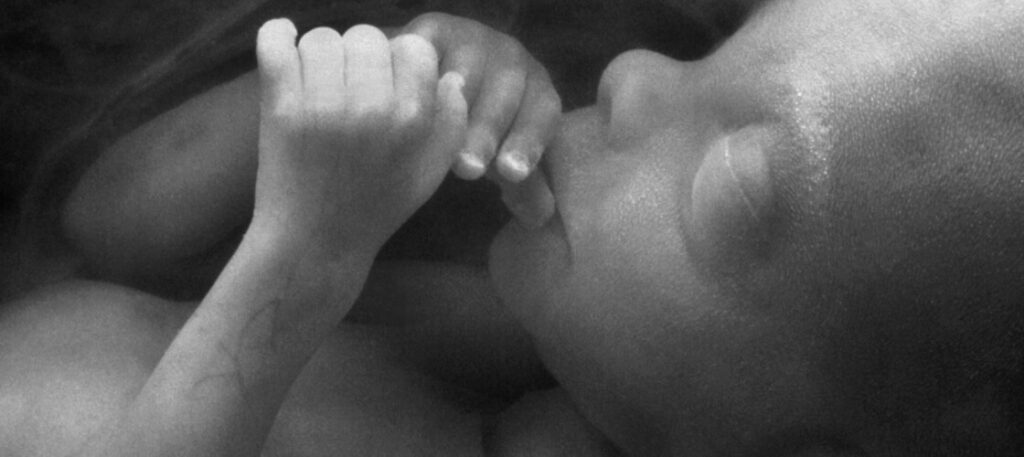This article delves into a rare and intricate medical case of retained fetal bones, a complication stemming from unsafe abortion. The presented case revolves around Gloria, who, following an abortion, experienced irregular bleeding for an entire year without a clear diagnosis.
Summary
- Intrauterine retention of fetal bones is a rare complication of unsafe abortion.
- We discuss such a case here where a woman presents with irregular bleeding after abortion, the cause failed to get detected for a year.
- Successful diagnosis was possible via pelvic ultrasound and radiography. Fetal bones were successfully removed using dilatation and evacuation.
Case presentation on retained fetal bones
Gloria had her first and second child at the age of 19 and 20 years respectively. Both pregnancies were uneventful. She got pregnant again after a couple of years but this time she had a missed abortion at 16 weeks. She underwent surgical evacuation of the uterus at a nearby private clinic.
Since the procedure, she started to have variable intermenstrual bleeding, a problem she had never faced before. In the first few months, the bleeding used to be mild and painless. She was not using any type of contraception.
She visited different clinics for treatment where she was prescribed antibiotics, NSAIDs, tranexamic acid, and progestogens, but these did not provide relief.
Even though she had not used any contraceptive device, she underwent a pelvic ultrasound at a local clinic which reported that she had an intrauterine contraceptive device (IUCD) in her uterine cavity!
She finally went to a reputed gynecologist where she was examined further.
Clinical examination
- Patient looked pale.
- Vital signs were normal.
- Thyroid not enlarged.
- Abdominal examination was unremarkable.
- Speculum examination showed healthy cervix and vagina.
- Uterus was bulky, anteverted, mobile, and both lateral fornices were clear.
- Transvaginal sonography (TVS) was conducted where suspicion of fetal bone was noted.
- Pelvic radiograph showed radio-opaque shadows which confirmed the findings!

Figure 1 X-ray of the pelvis showing radio-opaque shadows
Treatment of the retained fetal bones
Hysteroscopy was not available at the clinic the patient was getting treated, hence dilatation and evacuation (D & E) under general anesthesia was planned.
14 tiny fetal bones were removed from the uterine cavity. The procedure was uneventful, and bleeding was minimal. She was discharged after being kept under observation for 24 hours.

Figure 2 Fetal bones removed from the uterine cavity
Follow-up
She followed-up for six months and no complaints were noted. It was concluded that the fetal bones were the cause of the abnormal uterine bleeding.
Discussion & conclusions
Retained fetal bone is a rare complication of abortion. It is mostly noted in the case of unsafe abortions, which is a common occurrence in low-income nations. In women presenting with abnormal bleeding post-abortion, retention of fetal bones should be considered as one of the causes. Transvaginal ultrasound is an excellent tool to detect this condition successfully.
Reference
- Hameed F, Shuja S. Retained Fetal Bones: Rare cause of Abnormal Uterine Bleeding. Pakistan J Med Sci. 2019;36(ICON-Suppl).
About Docquity
If you need more confidence and insights to boost careers in healthcare, expanding the network to other healthcare professionals to practice peer-to-peer learning might be the answer. One way to do it is by joining a social platform for healthcare professionals, such as Docquity.
Docquity is an AI-based state-of-the-art private & secure continual learning network of verified doctors, bringing you real-time knowledge from thousands of doctors worldwide. Today, Docquity has over 400,000 doctors spread across six countries in Asia. Meet experts and trusted peers across Asia where you can safely discuss clinical cases, get up-to-date insights from webinars and research journals, and earn CME/CPD credits through certified courses from Docquity Academy. All with the ease of a mobile app available on Android & iOS platforms!

